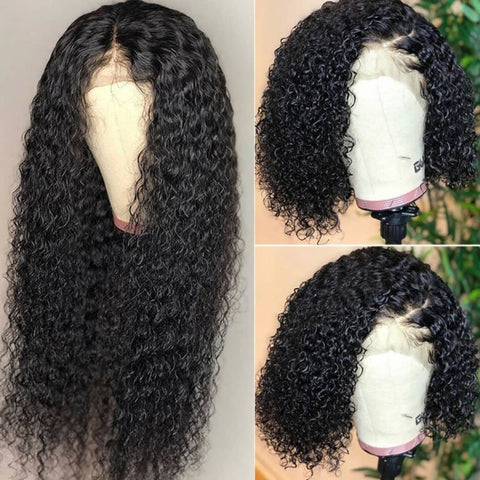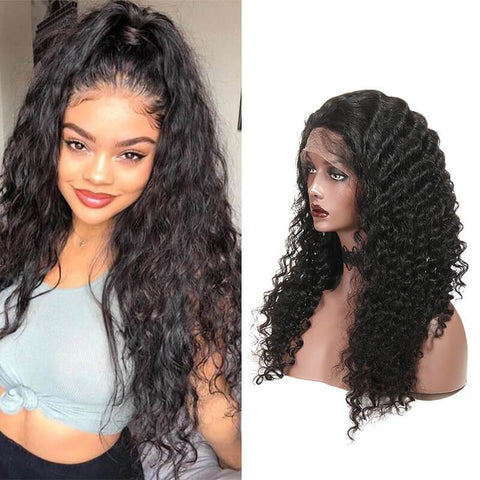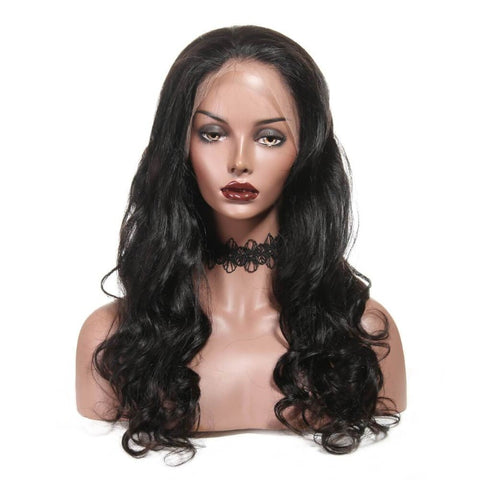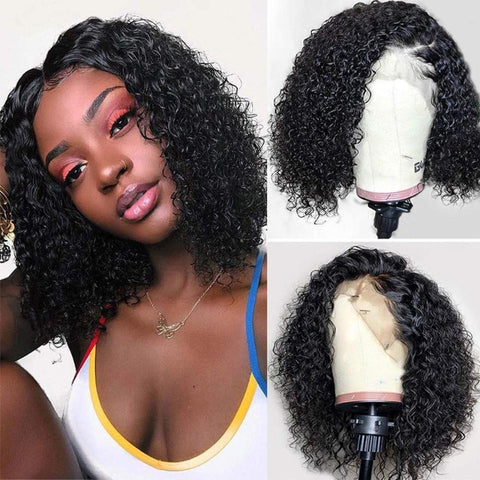Ten Methods Reduce Wig Hair Shedding
If you frequently wear wigs, you’ve experienced shedding a time or two. No one likes to see loose hair in the comb or gliding across your bathroom floor after the hair is styled. In this blog, we will discuss factors that contribute to wig shedding as well as tips and tricks to minimize the hair fall.
We know that wigs can be made from human or synthetic hair. Since many lace wigs are hand-tied, the hair at the base is extremely fragile. Wig shedding is one of main concerns of clients and wig wearers. Shedding is normal and should be expected. However, excessive shedding is an indication that the wig is poorly constructed. Washing, use of solvents to remove adhesives, traction, rubbing and bleached knots are all contributing factors to shedding.
Not to worry! We will share a list of tips and tricks that can be used to reduce lace wig shedding or eliminate unnecessary hair fall. With proper care and maintenance, you will be able to extend the lifespan and durability of your wig。
HOW TO MINIMIZE WIG SHEDDING

(1) Stop scratching your head
Do not attempt to scratch your scalp through your lace wig. This can loosen the knots and cause excess shedding. Instead, gently tap or pat your head with your hand.
The “head pat” should be able to satisfy the itching a bit. If the itching persists, it is likely that the scalp is dry or requires a treatment. You may resolve the dry scalp irritation by washing your natural hair with an anti-itch shampoo and deep moisturizer.
(2) Seal your knots

Using a sealant before installing your hair is crucial to prevent shedding. “Sealing” is the process of locking in the hair at the weft with a sealant-typically a liquid adhesive or glue. Sealing the knots in your lace wig will make them more secure and extend the life of your wig.
Here are some suggested products to seal your wigs or extensions:, E6000, Dritz Fray Check and Aleene’s Fabric Fusion.
How to Seal Your Knots
Simply turn the wig inside out and apply the sealer on the mesh or lace. Allow it to completely dry before wearing. If a spray sealer is being used, it is suggested that the knots are resealed after every wash.
(3) Practice careful and thorough adhesive and residue removal

Before washing your lace wig, thoroughly remove ALL glue residue from your wig to prevent excess shedding. Allow the solvent to work two to three minutes to loosen the adhesive. Avoid using more solvent than necessary to remove the residue. Allowing the tacky residue build will ultimately lead to bald spots.
(4) Adjust your nightly routine

Tension and the friction of your hair rubbing against your pillow are additional ways to contribute to shedding and tangling. It is always best to detangle your wig and remove it prior to sleeping. However, if you must sleep while wearing your wig, gently detangle the hair, braid (or twist) it up and wrap your locks in a silk scarf before retiring nightly. Making use of a silk scarf is highly suggested, but you may also use a satin pillowcase.
(5) Be selective about the products being applied to your wig

Use the right products for your lace wig. Avoid using hair care products with high alcohol content. These products include spritz, hair spray and certain shampoos. These products can lead to damage, breakage and shedding. Choose products that are specifically formulated for wigs, or products that are very low in alcohol.
If you’re unsure by reading the label, ask your stylist or local drug store associate.
To ensure that your wig looks its very best every day, thoroughly moisturize your hair on a regular basis. Hair that is adequately moisturized will have less tangles and frizz.
* Do not apply masks, conditioners, creams or oils at the base of your hair system because this can prematurely loosen the knots.*
(6) Master “The Comb-out”
Use extreme care when combing your hair. It should always be from TIP to ROOT. Be extra careful when combing the hair around the knots. Make sure they are not pulled (especially if they have not been sealed). Ideal styling tools include a wire wig brush and a wide tooth comb. Additionally, never comb wet hair.
(7) Simple Style Manipulation
It is very tempting to wear a different hairstyle every day, but the increase in style changes will significantly increase the amount of shedding. For example, styles pulled up in a high ponytail or pulled back tightly will experience significant shedding. Most wigs are single-knotted and are not equipped to endure the tension of constant styling.
(8) Alter your sew-in technique
We all love how bleached knots make wigs and hair systems look realistic. Unfortunately, the chemical process used to bleach the knots will destroy the hair shaft, thus leaving the strand weak and brittle. Yes, your hair system will be flawless, but is not last very long before the shedding begins.
Did you know that your unit would last longer if the knots were not bleached?
To achieve a realistic and comparable appearance, we suggest either of the following techniques:
-
Single knot hair ventilation
-
Post-dye method
-
Knotless hair ventilation
-
Fake (or faux) scalp method
(10) Back away from the heat
Excessive heat causes shedding and damage to the wig hair. Blow dry hair on a low heat or cooler setting.
Air drying is definitely the best and safest method.
Also, limited the frequent use of the curlers and the flat iron.






















